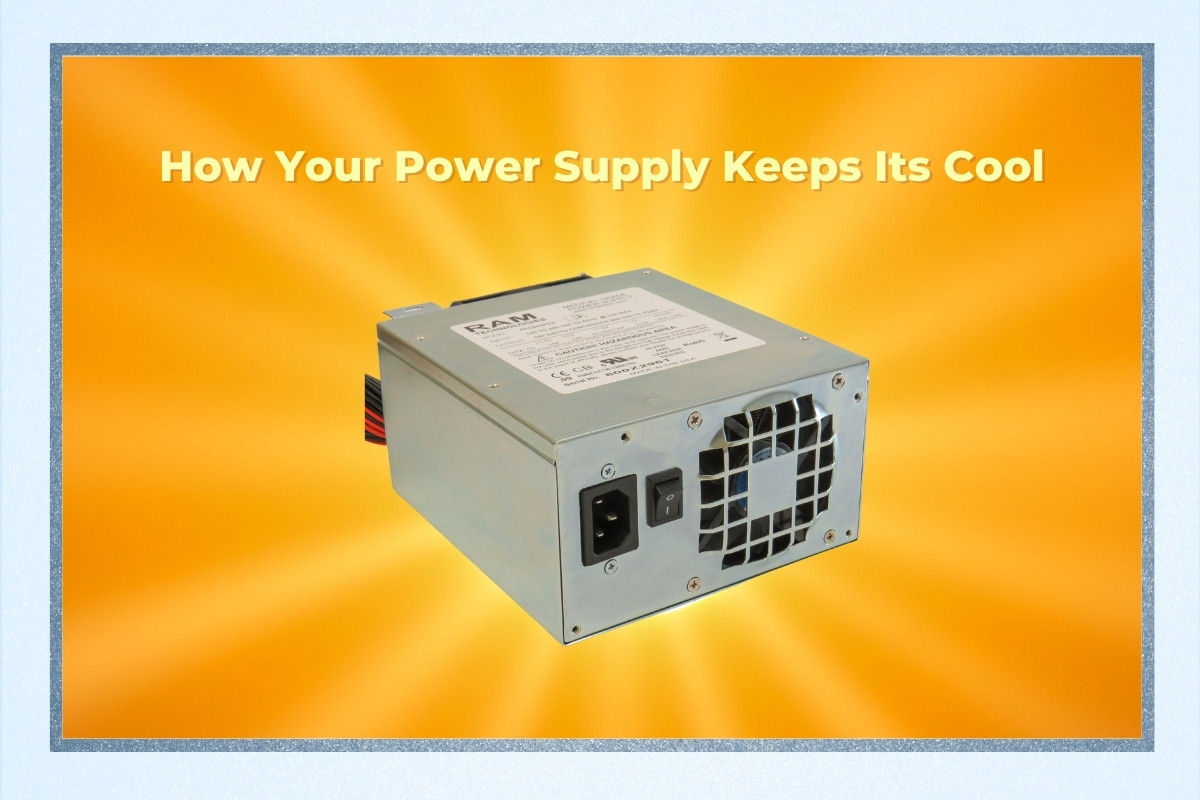As a natural part of the process of AC-to-DC conversion, power goes into a power supply and goes out as conditioned power plus waste heat. Too much heat can be a real problem; it can shorten the life of the power supply, damage components, and it can even cause a fire. PC-based power supplies come with a range of features to help beat the heat. Here are some things to look for in terms of power supply thermal management:
Operating Temperature Range
Devices are not usually run at the perfect temperature for their power supplies. The supplies, instead, need to run within a range of ambient temperatures.
The ATX standard recommends an operating ambient temperature range of +10°C to +50°C (under specific test conditions). The EN 60601-1 standard calls for +10°C to +40°C.
In addition, EN 60601-1 calls for protecting patients and medical device operators with a safe maximum temperature for any part of its external chassis that could be touched.
Power Supply Thermal Management Meaasures
There are several means of thermal management that can be used to keep the power supply sufficiently cool.
Reduce Waste
The most efficient means is by not generating the waste heat in the first place. Less cooling is needed for higher-efficiency power supplies. This must be balanced, however, by other design factors like reliable power and EMI protection.
It will also help to run the power supply below its full rated load (around 80% or less).
Remove Excess Heat Via the Three Heat Transfer Modes
Thermal Radiation
Thermal radiation (also called “radiant heat”) occurs when energy is transmitted as electromagnetic waves without direct contact from the source of the heat to the material being heated. This could occur through solids, gases, or liquids. In PC-based power supplies it’s usually through warm components heating other components and the chassis.
Conduction
In conduction, faster-moving particles from warmer materials transfer energy from direct physical contact with slower-moving particles in cooler materials. Conduction can occur in solids or fluids. The thermocouples used in power supplies is a good example of conduction heat transfer.
By maximizing the surface area of the power supply that is in contact with the air around it, a heat sink and other thermal materials greatly increase the transfer of heat. That heat, however, is still within the power supply. What can help move it away is convection.
Convection
Convection heat transfer occurs when molecules within a fluid (liquid or gas) physically move from higher temperature areas to lower temperature ones in a fluid or a solid surface.
- Passive convection cooling uses the natural tendency of warmer, lighter fluid to rise and cooler, denser fluid to sink. Large, open vents on the chassis, careful placement of the components, and unobstructed airflow around the supply allow the warmed air to dissipate. Larger vents, however, must be balanced against the need for EMI shielding.
- Active convection cooling uses one or more fans to force warmed air away from the supply. This lets you run it in higher ambient temperatures without overheating. Fans should be large enough, positioned well to draw air over components, and have unblocked ventilation to remove enough heat.
While fans do a terrific job at heat dissipation, they produce acoustic noise. Slower fan speeds tend to be quieter. Look for a fan with a good acoustic design, a larger fan that will operate more slowly, and a thermally sensitive fan controller (like RAM’s low-noise Smart Fan Technology) to adjust fan speeds to just what’s needed to keep within temperature specifications.
Over-Temperature Protection
Power supplies dissipate heat as needed under normal operating conditions by design. Still, there are some situations — like a power surge, faulty components, blocked ventilation, or very high ambient temperatures — that can cause a power supply to go into an overheated state. Look for the Over-Temperature Protection (OTP) feature, which shuts down a power supply if the internal temperature goes over a specified value.
The OTP on a power supply usually consists of thermistors that monitor the internal temperature at the hottest component (usually the heat sink). Fan controllers may or may not include OTP circuits.
Beat the Heat with the Right Power Supply
While some waste energy in the form of heat is inevitable in an AC/DC power supply, power supply thermal management can be successful with careful design and quality parts, backed up with over-temperature protection for any unplanned events.
________________________
The operating temperature for RAM Technologies power supplies is 0 to 50°C and they are designed with robust thermal management like our exclusive Smart Fan Technology, which monitors and adjusts fan speed to only what is needed. This significantly reduces fan noise in typical operating conditions (from 43dBA to 20dBA, typically). Contact us for details.



